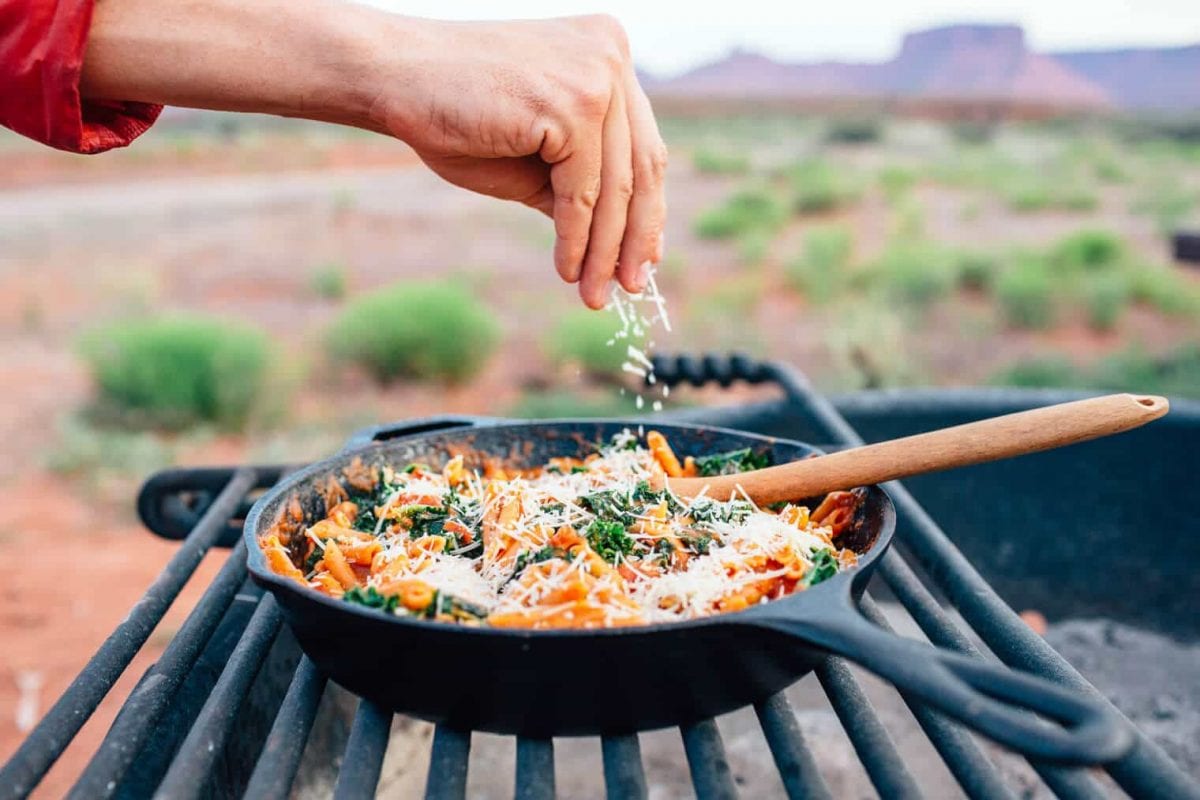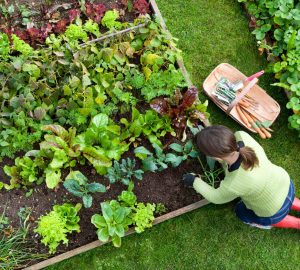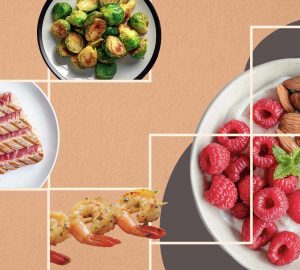Camp cooking. It doesn’t have to be all half-burnt-half-raw smokies and jumbo bags of Doritos. With a little pre-planning and prep before you leave, you can graduate from hot-dog hoser to outdoor Jamie Oliver this summer.
At home, I’m a bit of a food nerd. When I have time, I like to cook simple but delicious meals for my family. Sous-vide steak, smoked ribs, cedar-plank salmon, and mushroom risotto are some of our favourites. When we’re camping, we want to continue to eat well, and nutritiously, but we don’t want to fuss or spend hours cooking, and we certainly don’t take the smoker or sous-vide device with us (although an argument could be made for the sous-vide, if your campsite has reliable power. Hmmm…).
Planning pays big dividends
The more you do in your kitchen before you leave, the less you have to do at the campsite. More time for trails, sun, beer and campfires! This prep can take a few forms, like marinating your proteins in simple oil-acid-herb mixtures (think olive oil, lemon and dill for fish; and oil, balsamic vinegar, basil and thyme for steak or tofu); or cutting veggies and meat up ahead of time and storing in plastic bags. You can even cook entire one-pot meals like chili or jambalaya ahead of time and freeze it in Tupperware or sturdy sealable bags.
Protip: Plan your frozen meals for day two or three, and it helps cool your cooler without having to give up as much precious space to ice or cooler packs.
(Cast)Iron-Man, or Woman, to the rescue!
I can’t say enough about how cast-iron can change your camp cooking life. It’s heavy, yes, but when you’re car camping, who cares? Set yourself up with a good cast iron skillet, a Dutch oven, and a double-pie iron and you can cook pretty much anything – on a stove, a grill, or right on top of (or in!) the campfire. There’s something seriously satisfying about cooking an entire meal using the camp fire as your only heat source. And don’t get me started on the pie iron! With the double-wide, you can cook a surprising array of items. Grilled cheese and fruit pies, of course, but also sausages, eggs & hash browns, calzones, steak, fish, s’mores and even scones! Our family had the most amazing raspberry and white chocolate scones fresh from the fire for breakfast a couple years back (you can mix all your dry ingredients before you leave, add the raspberries and wet ingredients just prior to cooking). It was heavenly.
You can also pre-cook your favourite taco or wrap fillings at home and just scoop some into the pie iron (or skillet) throw it on the fire to warm up while you open a beer and kick off your hiking boots, then throw it into a tortilla a couple minutes later for a quick and tasty post-adventure meal with almost zero clean up required.
Let’s talk about lunch
When I’m camping, I like to be busy and active for most of the day – either hiking or running trails, or paddling on the water. I’m less worried about elaborate, tasty meals, and tend to focus on packable foods with the right nutrition and enough calories to get me through the day. Sandwiches and wraps are an easy stand-by, and good ol’ PB&J is one of the best for the trails.
Pro tip: spread some nut butter on both slices of bread and then add the jam to avoid soggy bread; pack your sandwiches in the top lid compartment of your backpack, and try different nut butters like almond or cashew, or add bananas for a new twist.
It can be hard to get enough veggies when camping, especially mid-day on the trail. Hummus and raw veggies is a good bet as the hummus is nutrient-dense and won’t spoil if unrefrigerated for a few hours. Choose bruise-resistant veggies like carrots, peppers and sugar-snap peas, and you’re golden. Consider making some homemade granola bars or power cookies for an on-the-go energy boost, or find some healthy pre-made bars like Picky or Pro-Bar.
More camp-cooking tips:
- Squeeze bottles! Oil, dressings, pancake batter, even eggs work great in sealable squeeze bottles (old condiment bottles or even disposable water bottles will do). It makes cooking and clean up way easier.
- Bring some basic spices with you. Consider: salt, pepper, cumin, basil, thyme, oregano, garlic powder, curry powder, dill, sugar.
- Always bring a supply of aluminum foil.
- Use lids when using a skillet or Dutch to prevent splatters and spills (they can attract wildlife). It’s always best to have some great camping cookware for ease of preparation
- Always lock your food up in your car. Read and follow your campsite’s food and wildlife safety precautions.
- Bring a tarp and set it up so you’ve got an awning over your camp kitchen area. It’s a great way to protect you from the elements when you’re cooking!
By James Schutz,
Director of Marketing, Campers Village








